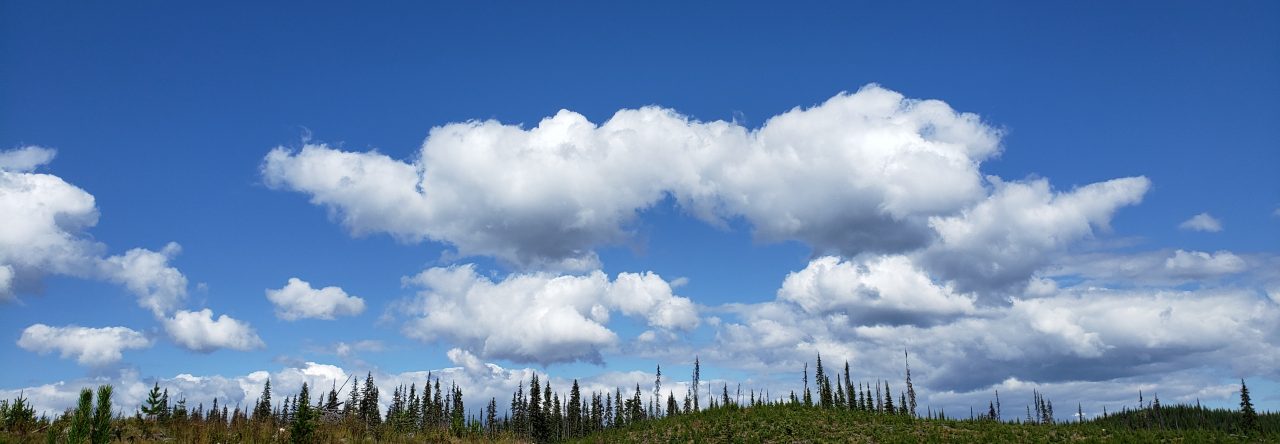(Initially published as a column in the AM News)
 Between 1998 and 2002 when my oldest son was born, I spent every Saturday morning practising social skills with a boy who had autism. He had a very sweet face and big brown eyes, and, just like any other six-year-old, he was happy to have people visit. Because of his condition, he had a couple of visits every week and his parents were relieved to have the help and also that extra bit of time off.
Between 1998 and 2002 when my oldest son was born, I spent every Saturday morning practising social skills with a boy who had autism. He had a very sweet face and big brown eyes, and, just like any other six-year-old, he was happy to have people visit. Because of his condition, he had a couple of visits every week and his parents were relieved to have the help and also that extra bit of time off.
I was a volunteer, part of a buddy program that the Autism Society of BC had to put an end to in 2000, regretfully (sad to imagine that a program that used free community resources of the best kind – willing people, could not be saved). I opted to keep working with the boy, despite the program being terminated until my son was born and my days underwent a new baby reform and time to spare became a dream.
The boy’s family had many concerns about the future because they knew that one day their little boy with autism will become an adult with autism and the somewhat limited resources will be even more limited. They were right. He is now 21 and part of the group of adults with developmental disabilities who have access to limited care and resources, if any, outside their home.
A ‘then what?’ situation that I have come to hear of more than one time, and not just autism-related.
The son of some of my close friends has Duchenne muscular dystrophy and their journey, challenging by default one could say, has been, at times, even more challenging due to closed doors and a rather undignifying message of ‘No, we cannot help you with that.’
The community they live in stepped up and organized fundraisers to help out. It meant the world to my friends, but the fact remains that their expectations to have an ‘official’ hand get them out of the murky waters of increasing financial burdens and a quagmire of worries regarding the future are being put to test too often.
It is hard to imagine that kind of anguish. It is shameful that there is not enough funding to support those most vulnerable in our society. An ever-growing group, by all accounts and unfortunately so, that includes many people, young and old, with different issues; from developmental disabilities, to genetic conditions to cancer and mental issues, we hear of waiting lists and dwindling resources, and at the same time we hear of willing staff trying to help but becoming equally frustrated at the limited amount of funds that provincial and federal governments allocate to those in need.
In our own part of the woods here in Kamloops, we have but one oncologist at RIH, which means new patients who need one are directed to Kelowna. Cancer treatments and traveling do not mix well but what to do if you have no choice? The local discussion forums have been rife with arguments over the allocation of (lots of) money for the new Performing Arts Center when matters such as lack of specialized clinics are more needed in our midst. Steamy pros and cons matches aside, those who have been under threat, or their loved ones, know that available care is vital.
In caring for the most vulnerable, a country shows its true colours one could say. Budgets are never easy to figure out and issues keep piling up. Yet at the same time, those of us who are most at risk and their caregivers cannot be pushed to the side and told to wait until resources, be it money or people, are available. Some simply cannot wait; they do not have the luxury to do so.
It is heartwarming to see that at an individual or community level many people care and are willing to help out, but that is not enough to get those who need help through the thick of it. With elections approaching, we need to ask those who want to take the lead to care for our vulnerable ones. Together with a much needed solid education agenda, a plan to revive services and set aside funds for those in need should be a must-do for our soon to be elected government. We will all be better for it.
As I already said, it is hard to imagine the anguish of those who desperately need help, yet we have to do it. Our humanity obliges us to.











